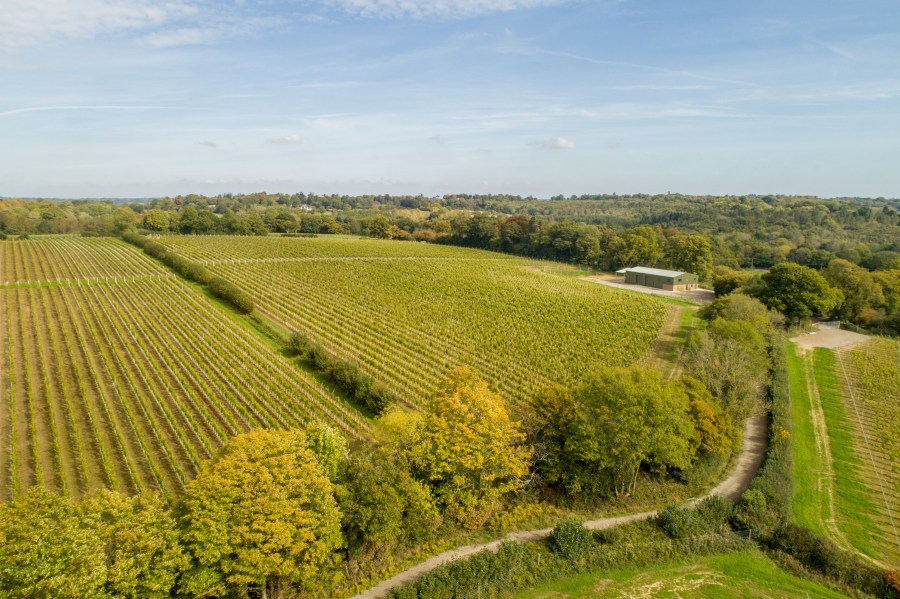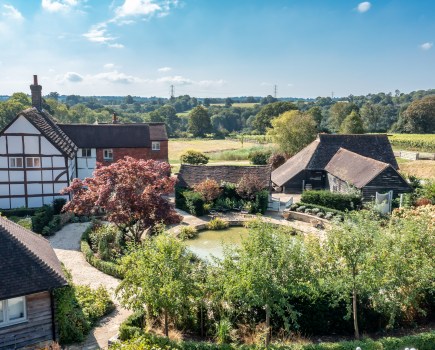For years UK agriculture has benefitted from permitted development rights. This is where the principle of development is ‘as-of-right’, and the local council only has control over some detailed matters.
Good advice on these rights is available online from the Planning Portal, the CLA, NFU and others. There are changes to them from time to time and more are due this month. Does this deregulation actually help vineyards and where can support be found if the rights can’t be used and a full planning application is needed?
Agricultural permitted development rights are fine for ‘pure’ agriculture like equipment stores and barns, but the moment a proposed building relates to the things we really like about wine, such as tasting, tour hosting, vineyard wine sales, labelling, bottle storage and on-site production, most councils will confirm that these are not ‘agriculture’ and the rights can’t be used.
For those with existing agricultural buildings one useful right is for the change of use to a ‘flexible commercial use’, known as a Class R change. Here, the new uses allowed include shops, financial services, restaurant/café, business use and storage use. For wine producers this ticks a lot of boxes. Once started the spaces devoted to each use can also change. This class has some limitations, plus the prior notice for the council to approve aspects of transport, noise, contamination and flooding. However, the principle of the change is already permitted.
Not everyone has existing buildings and if the use goes beyond pure agriculture a full planning application will be needed. Typical add-ons include a tasting room with on-site sales supporting tours and a viewing platform. Later developments may embrace a winery, bottling, café, shop and more.
In the UK, developing in countryside means having a convincing reason to be there. Vineyards must therefore hit all the positive points. There is support at most levels for tourist development, especially that rooted in local produce and showing environmental credentials. Vineyards can also show good employment figures for pruners, pickers and full time staff especially for on-site production and sales. I would also argue that new vineyards have an overlooked cultural impact going beyond the obvious spin-off benefits to be had by local accommodation, food and drink operations and village shops.
For producers who aim high, it is notable that their approach is based on drawing up a physical master plan. For example the Rathfinny Estate in Sussex discussed its long term plans with the South Downs National Park Authority some years ago and as seen in this magazine, is now into an advanced phase of its new winery, bottling plant and wine store permitted in 2016. At a smaller scale Woodchurch Winery improved in 2017 the proposed design of a bottle store, office, labelling room, tasting terrace and other infrastructure. If the evidence is well prepared, planning policies can open doors to wine makers.
While it is high time permitted development rights were made more user friendly to wine producers, full planning applications will inevitably be needed. To be effective means having a clear vision, a master plan to use with local people, spending time with the planning authority and showing in detail how many aspects of wine production are supported by countryside planning policy.




